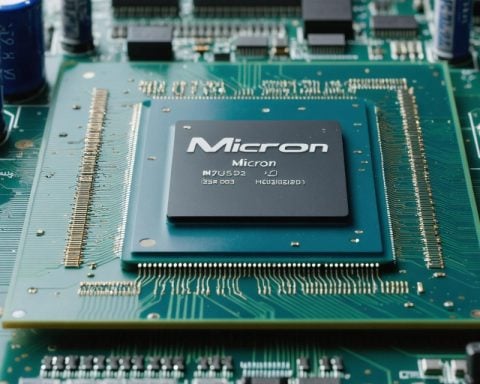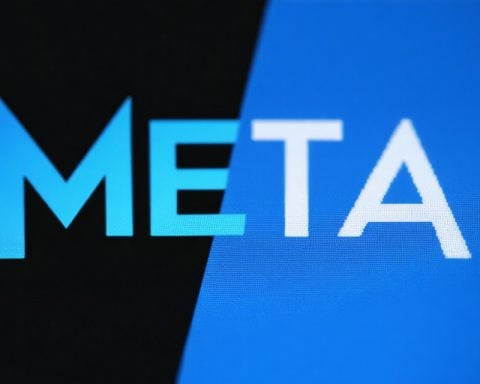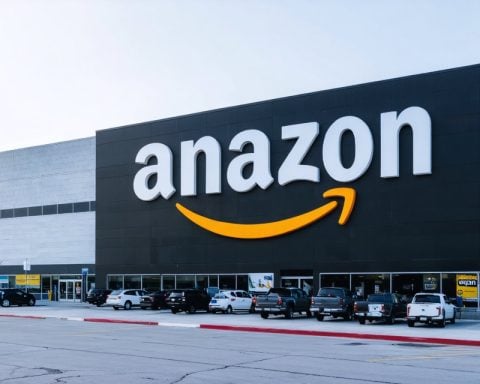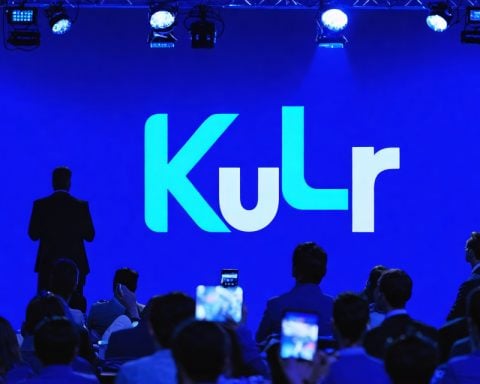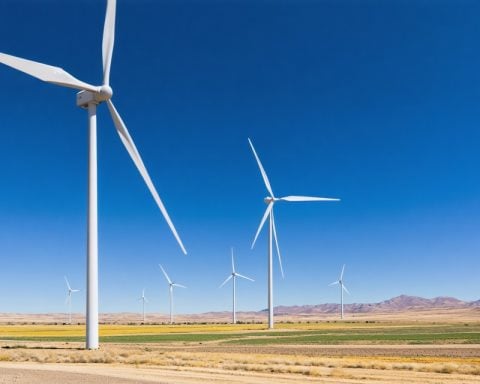- Tesla is considering expanding into India, a move criticized by former President Donald Trump as unfair to the U.S.
- India currently imposes nearly 100% import tariffs on electric vehicles, protecting domestic companies like Tata Motors.
- Recent policy changes in India reduce import taxes to 15% for foreign manufacturers investing $500 million and establishing local operations.
- Despite policy shifts, tensions remain regarding trade balance and tariffs, with Trump emphasizing potential disadvantages for the U.S.
- Tesla’s expansion into India may include opening showrooms in cities like Mumbai and New Delhi, as part of its cautious market entry.
- The situation highlights the broader debate on balancing open markets and protectionism in international trade relations.
The scent of burnt rubber and political friction fills the air as Tesla eyes expansion into India, sparking a wave of criticism from former President Donald Trump. He denounces the automaker’s potential move to India as “unfair” to the U.S. on a recent segment of Fox News, stirring a controversial narrative of tariffs and trade balance.
India, with its nearly 100% import tariffs on electric vehicles, stands as a formidable fortress, shielding its domestic players like Tata Motors. The dense fog of protectionism has long blanketed the subcontinent, making barriers seem insurmountable for global titans like Tesla. Yet, March saw a glimmer of a welcome as India rolled out the red carpet with a new policy. This shift, reducing import taxes to a more palatable 15% for those investing $500 million and setting up shop locally, hints at a warmer embrace for foreign manufacturers.
Despite these overtures, some see the dance between India and Tesla as an intricate ballet fraught with trade tensions. Trump, never one to shy away from a fight over tariffs, insists that the playing field remains painfully uneven. He voices a stark warning: Musk’s foray into India could edge towards American disadvantage, evoking memories of manufacturing migratory tales that wound national pride.
Amidst these diplomatic ripples, Tesla’s plans inch forward, with whispers of showrooms blossoming in Mumbai and New Delhi, signaling a cautious yet determined entry into India’s vibrant auto market. The stage seems set for a new chapter in the EV saga, potentially altering the landscape of automotive innovation between two giant economies.
As this narrative unfolds, the broader resonance questions how nations balance open markets with protective instincts. The tension captures a wider audience: a reason to ponder not just where the wheels turn, but the road they carve for future trade engagements.
Tesla’s India Expansion: What It Means for the Global Auto Industry
How-To Steps for Tesla’s Market Entry into India
1. Understand Local Market and Regulations: Tesla must familiarize itself with India’s complex regulatory environment. This includes complying with local manufacturing laws, understanding import duties, and analyzing consumer preferences and behavior.
2. Develop Local Partnerships: Collaboration with Indian companies can aid in overcoming regulatory hurdles and enhance brand acceptance. Partnerships could facilitate both the establishment of manufacturing units and the distribution network.
3. Invest in Local Manufacturing: To benefit from reduced tariffs, Tesla could establish a manufacturing presence by setting up a Gigafactory, aligning with India’s policy incentive that encourages substantial investment.
4. Adapt Product Offerings: Catering to the Indian market may require introducing more affordable models, considering the price sensitivity of the Indian consumer base.
5. Build Infrastructure: Establishing a robust charging infrastructure is key to fostering greater acceptance of EVs in India. Government collaboration can help accelerate this effort.
Real-World Use Cases and Industry Trends
– Growing EV Demand: India is gradually shifting towards electric vehicles (EVs) due to pollution concerns and government initiatives promoting sustainable transport solutions. Tesla’s high-performance EVs could appeal to affluent segments.
– Tech Integration: The Indian market could benefit from Tesla’s innovative tech, such as autonomous driving features, actively enhancing the tech ecosystem in the local automotive sector.
Comparisons and Market Forecasts
– Tesla vs. Local Players: While Tata Motors currently leads the EV space in India, Tesla’s brand strength and technological edge may allow it to capture significant market share amongst premium customers.
– Market Growth: According to a report by India Energy Storage Alliance (IESA), the Indian EV market is expected to grow at a CAGR of 44% between 2020 and 2027. Tesla’s entry could further stimulate market growth and competition.
Controversies & Limitations
– Trade Imbalance Concerns: Former President Trump’s criticism highlights potential risks of trade imbalances. This controversy underscores a broader debate over globalization versus domestic industry protection.
– High Import Tariffs: Despite the tariff reduction for local investment, obstacles remain in the form of operational and regulatory challenges Tesla must navigate.
Security & Sustainability
– Data Security: As a leader in technology integration, Tesla must address stringent data protection laws in India to safely process and store user data.
– Sustainable Practices: Aligning with India’s renewable energy goals, Tesla could invest in solar-powered charging stations, further enhancing its sustainability credentials.
Pros & Cons of Tesla’s Indian Expansion
– Pros: Potential for high growth, alignment with India’s EV policy shift, access to a large market.
– Cons: High entry barriers, intense competition, ongoing policy uncertainty.
Actionable Recommendations
– Research and Localization: Businesses planning expansion should prioritize market research and tailor offerings to local customer needs and preferences.
– Strategic Partnerships: Leveraging local business alliances is essential for easing entry and navigating cultural and legal landscapes.
– Infrastructure Development: Investing in supporting infrastructure will facilitate smoother integration into new markets, enhancing consumer adoption.
For further insights into Tesla’s global operations and strategies, explore Tesla’s official site.


